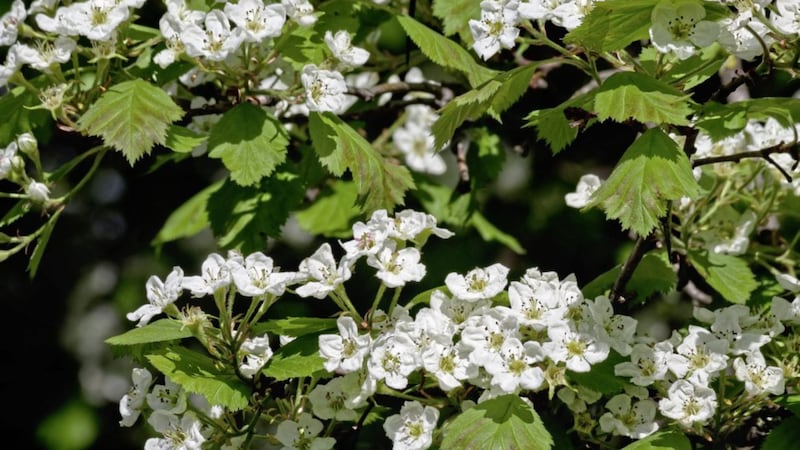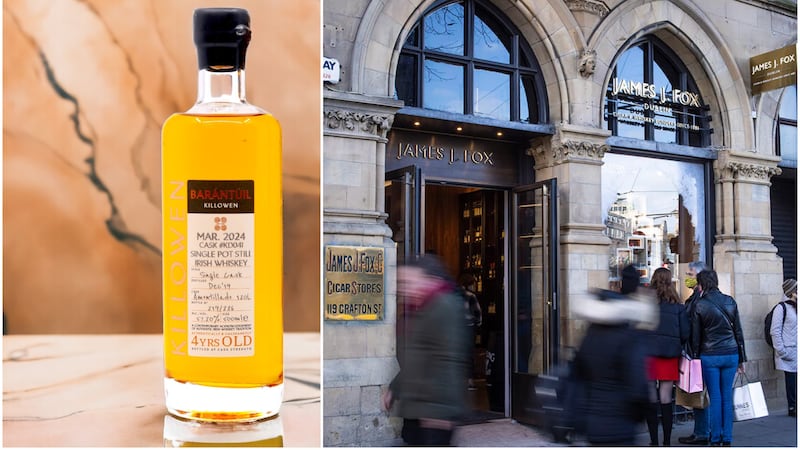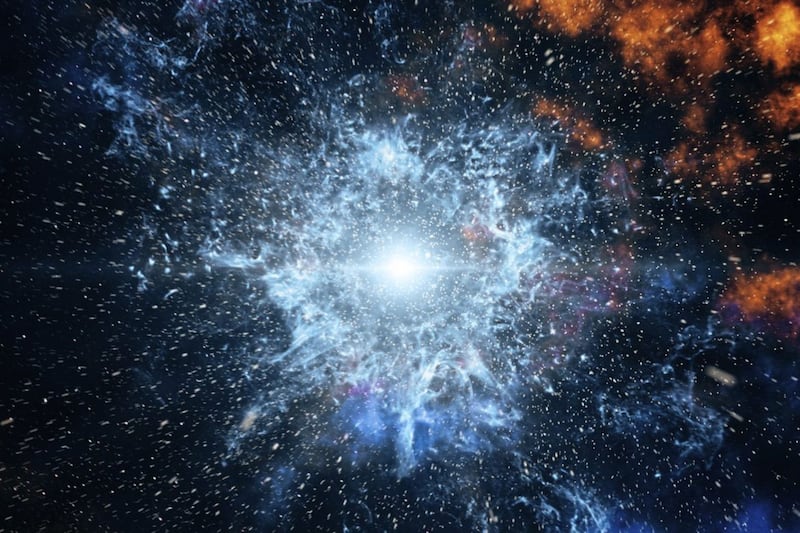THE bushes on the roadsides and branches on the trees are almost quivering and you get the sense of huge stores of energy and life locked up in them and just waiting to explode outwards.
From my limited understanding of quantum physics, at some point just prior to the Big Bang, all of the universe – matter, space and time was locked into an infinitesimally small point, a singularity.
When I say at some point before the Big Bang I am being inaccurate because time did not exist, nor did space – but it was there in potential and came into existence after (there I go again with chronology) the singularity exploded outwards.
From this nothingness came our galaxy with 100 billion stars, give or take one or two. And our galaxy is just one of an estimated 100 billion galaxies. All this took place over the last 14 billion years – although this time span becomes insignificant when compared to the length of time it takes to drive down the Ormeau Road on a Friday afternoon.
According to Albert Einstein: “Look deep into nature and then you will understand everything better.” Which doesn’t help much with the traffic but does help put nature into perspective.
Ireland’s seasonal Big Bang is hovering at the tipping point – that seeming eternity between potential and realisation, when one moment the buds on the bushes and trees are mere bubbles of green or blackish brown and the next are cascades of blossoms and leaves.
Outside my kitchen window the hawthorn bushes are still skeletal, a twisting web of fragile branches that weave in among one another. But along those spindly protrusions are dotted spongy greenish blobs.
The recent cold seems to have stunted everything slightly and it's as if everything is on hold, but with warmer air, more daylight and even a bit of sunshine things are stirring. To quote Mark Twain: “In the Spring, I have counted 136 different kinds of weather inside of 24 hours.”
In previous years, despite careful attention I have never managed to witness the point when these blobs break open to spill out their gestating treasure of white-leafed and yellow-buttoned blossoms and green leaves. Like a big bang they are suddenly just there, a universe of foliage stumbling from what a day earlier seemed barren and emaciated.
It is five years since I first started planting trees in a small field – mostly native Irish species – to try to create a small woodland, a fragile fightback against the massive deforestation of our planet, an insanely self-destructive act as we know that it is trees that breath the oxygen into our atmosphere that humans and all other mammals need to stay alive.
What once were nothing more than mere bits of twig flailing helplessly in the slightest of breezes have now become adolescent trees, the willows and alders thriving in damp ground, some of them growing to well above 20 feet from the diminutive, knee-high saplings that I planted.
The birch are doing well, the mountain ash gangly and colourful with their ruby berries in the late summer and autumn. Slower growing, but already showing signs of their future magnificence are the oaks. These are a longer-term project and will not reach full maturity for at least another 30 years.
But even slower growing is the single yew tree – I planted two but one of them withered and died in its first year (maybe the ground was too damp), although its sibling seems to be maturing well. These enigmatic trees, an ancient symbol of death because of their toxic leaves and associations with burial ground, can live for well over a thousand years.
Maybe the traffic on the Ormeau Road will have cleared by then.








